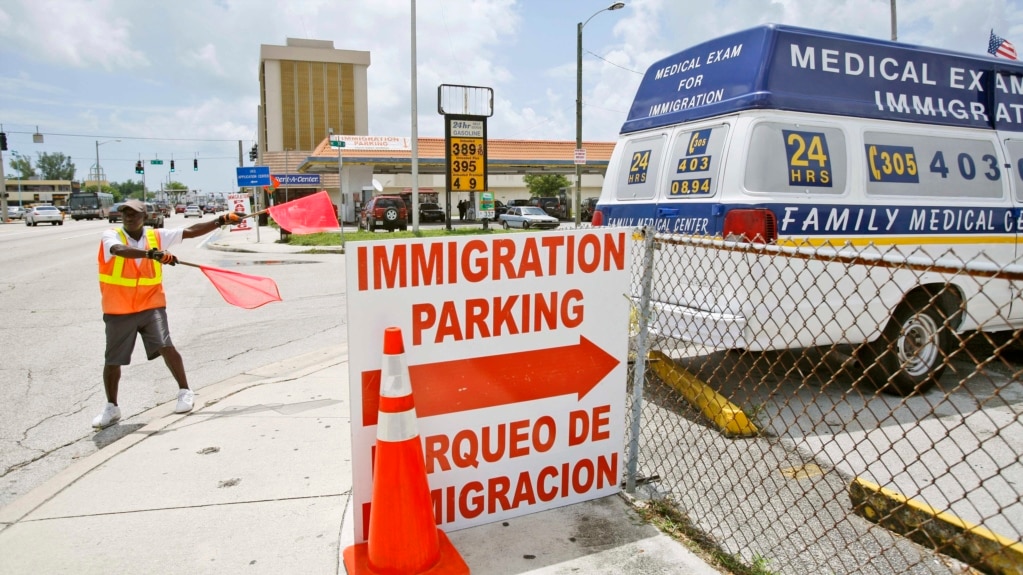The U.S. Census Bureau is a federal agency that researches information about America’s population, housing, and economy.
The latest Census Bureau report shows that the U.S. population will decrease with low immigration, and older adults will outnumber children by the end of the century. The report also says that white, non-Hispanic people will account for less than 50 percent of the population.
The Census report offers an idea of what the nation may look like in the future. But it cannot predict unexpected events like a worldwide pandemic.
Paul Ong teaches public affairs at the University of California, Los Angeles. He said such predictions can help the U.S. prepare for change, from health care for old people to the number of schools for the young.
“Seeing that possibility also opens up opportunities for action,” he said.
Population changes
Population changes caused by birth and deaths are more predictable. They may also be caused by changes in immigration policy. Because of that, the Census Bureau offers three different predictions through the year 2100 based on high, medium, and low immigration.
In all three situations, the U.S. will become older and more diverse. If there is low immigration, the population will decrease; medium or high immigration will increase the population.
By 2029, the report estimates that older people will outnumber children, with 71 million people over 65 as compared to 69 million under the age of 18. The aging of the population is important because this will mean fewer workers. An aging population also means more deaths than births.
The report estimates that, by 2025, the share of the U.S. population that is white and not Hispanic will be under 50 percent for the first time. Also, Asians will pass Hispanics as the largest group of immigrants by race or ethnicity.
Under the medium immigration estimate, the U.S. population reaches its highest total at more than 369 million people in 2081. After that, the Census Bureau predicts a slight population decline, with deaths overtaking births and immigration.
By the end of the 2090s, the report estimates that foreign population will make up almost 19.5 percent of people in the U.S. The number is currently at 13.9 percent.
Immigration
In the past, immigration was linked to economic opportunity in the U.S. Today, immigration is caused by climate change, social issues related to dictators and violence, as well as ever-changing feelings about immigrants in the country.
These issues make immigration more difficult to predict today, says Manuel Pastor, a professor of sociology at the University of Southern California.
Aliana Mediratta is a 20-year-old student at Washington University in St. Louis. She welcomes a future with a more diverse population. She believes immigration “is great for our society and our economy.”
But that optimism is affected by issues that seem to be getting worse, including climate change and gun violence.
“I feel like I have to be optimistic about the future,” Mediratta said. She thinks that if she believes the worst will happen, it might stop her from doing the morally right thing, even if it is hard.
I’m Gena Bennett.

